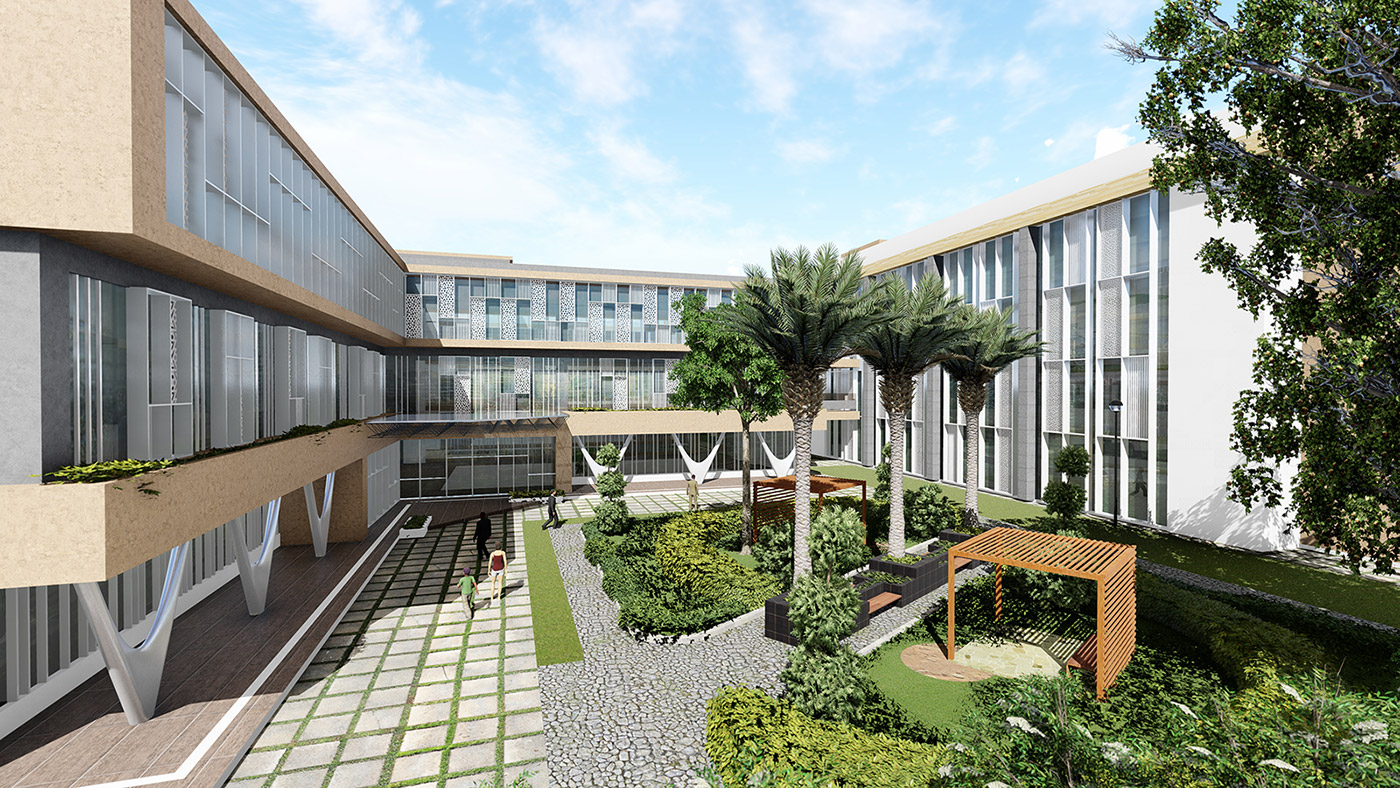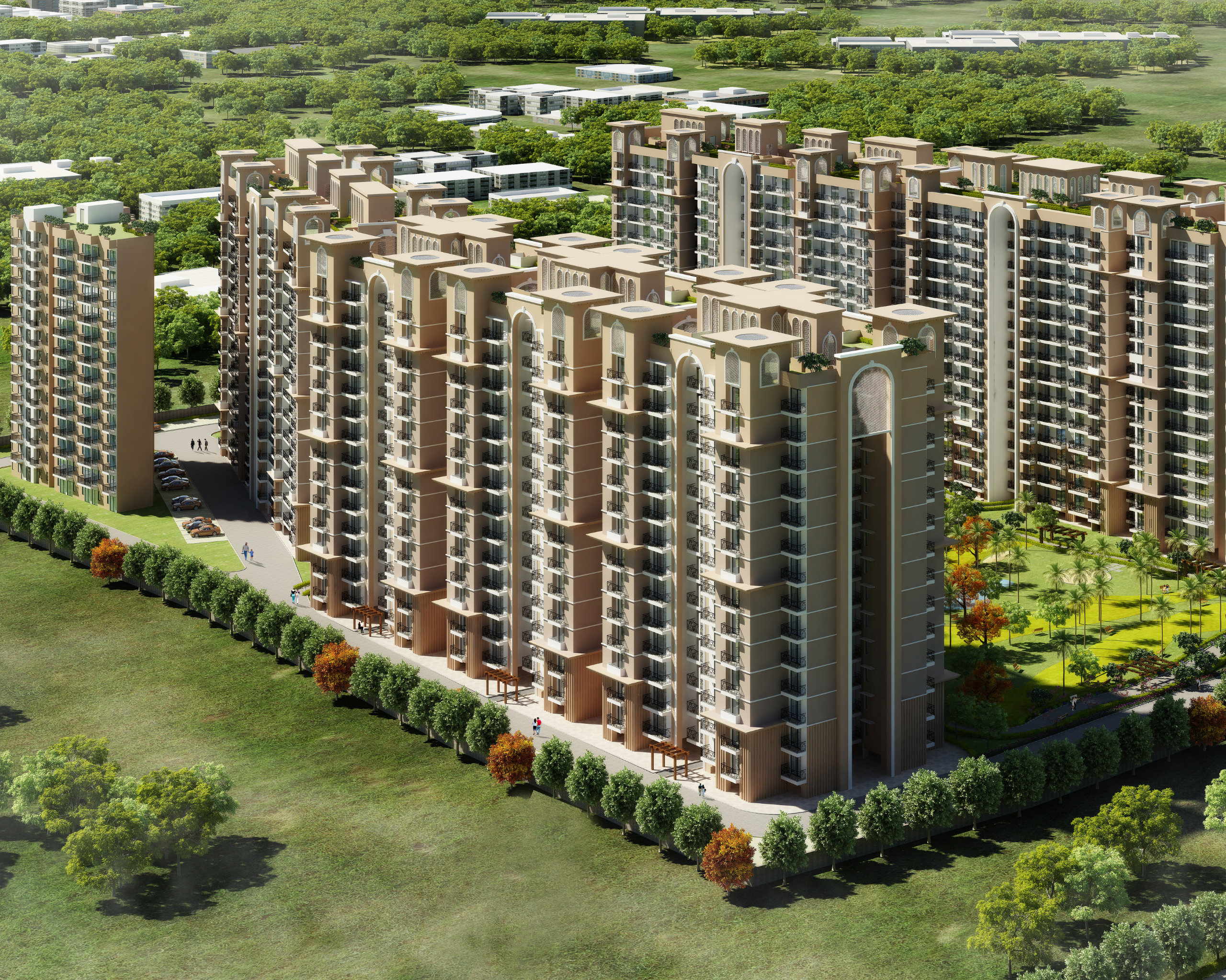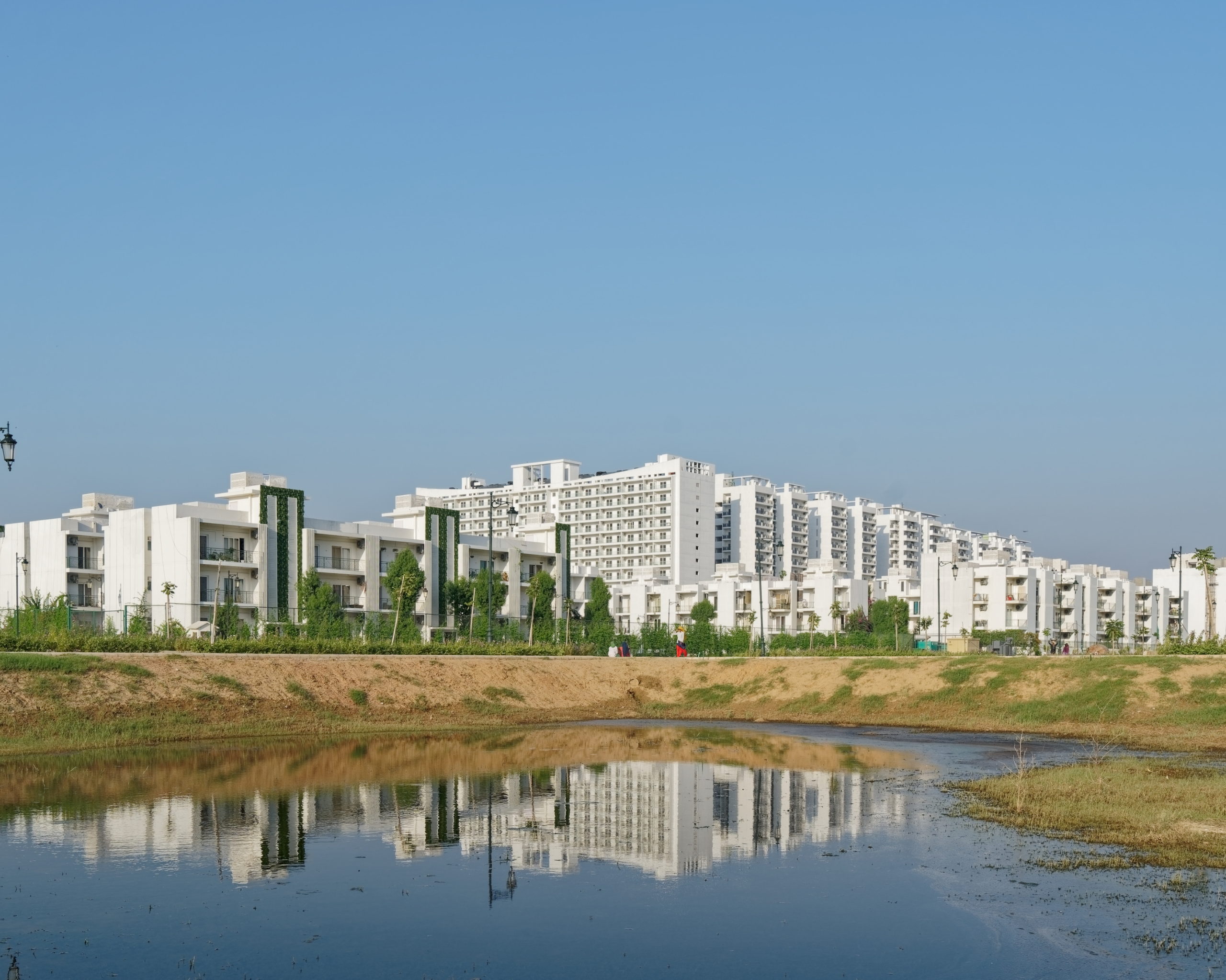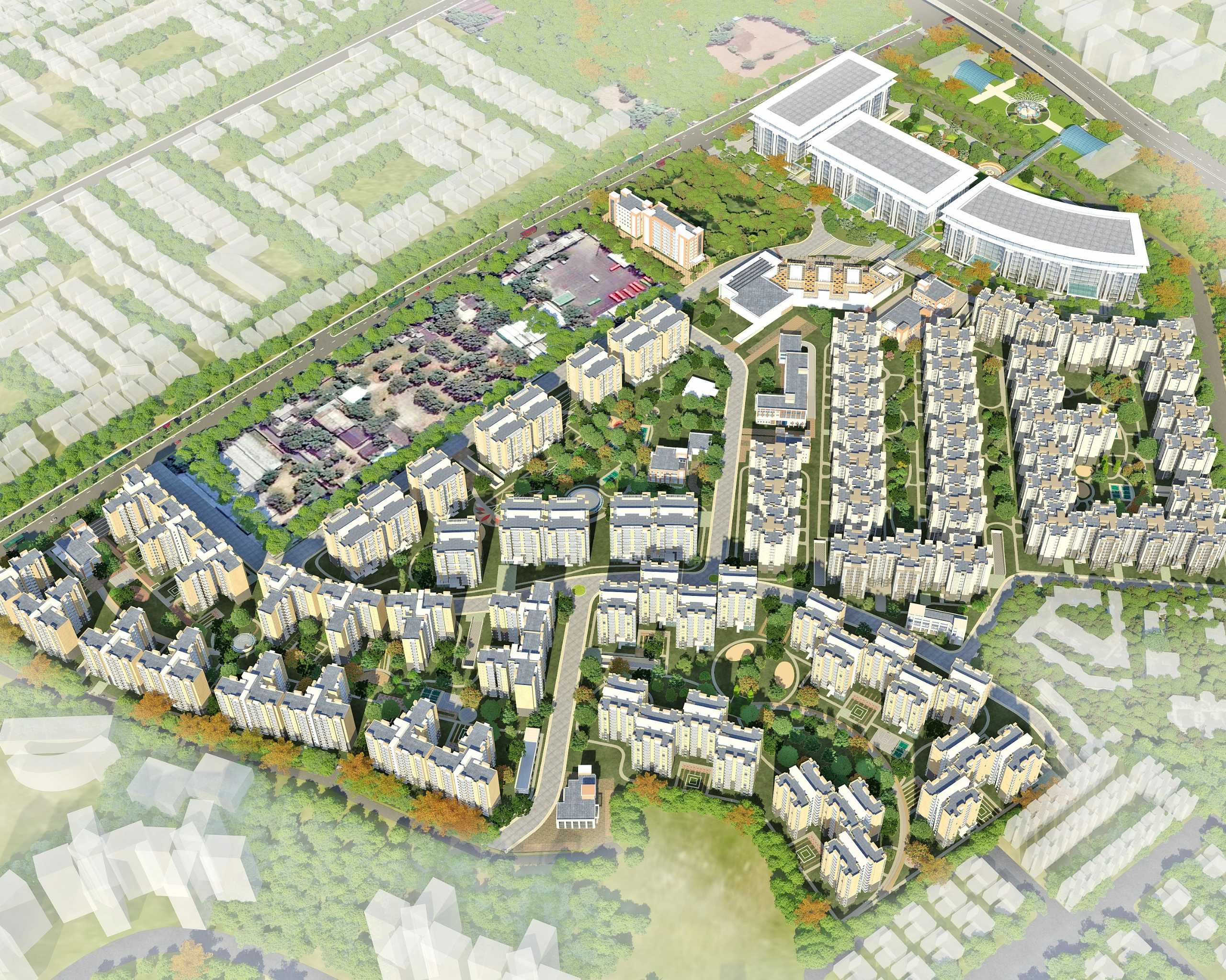Resilience in Healthcare Design

The plight of our healthcare infrastructure has never been highlighted before as by the recent outbreak of the Covid-19 pandemic. The surge of affected patients, insufficiency of patient beds, understaffed hospitals and shortage of medical equipment are only some of the concerns of the medical fraternity. Various critical shortcomings have been identified in the design of our hospitals, which have failed to provide enough space for the rising number of cases and reduce the possibilities of cross-infection. This has led to an increased need for healthcare facilities that neither open wards nor more flexible capacity can address, making it essential to reevaluate and reimagine our clinical environments. The present situation can be seen as an opportunity to re-invigorate the healthcare systems across the country. Some of the design considerations that can be adopted to achieve this are –
Spatial Planning– To tackle the challenges of cross-infection in hospitals, there is a need to relook at spaces that promote safe socialising by creating buffer zones. Public waiting or administration areas should be spatially placed first, followed by the OPD and IPD wards. Sensitive spaces such as the ICUs and the OTs need to be segregated to ensure maximum safety of the patients. With every zone, the number of individuals in contact with each other and their interaction reduces. Spatial planning also needs to minimise travel distance between frequently used spaces and allow for increased visual supervision of the patients.
Flexibility in Design- Flexibility and modularity need to be at the forefront to make our hospital designs adaptable and meet the vastly increasing patient and equipment load. Grid planning can be adopted to construct long-span spaces that can accommodate the number of patients and allow the flexibility to cope with changing patient expectations, new treatments and medical advances.
Technology-driven Systems- Advancement of technology as well as the need for touch-free controls have pushed forward the demand for a technologically driven approach towards healthcare design. Smart systems for lighting, temperature, and other building functions, can help curtail the spread of infection on these highly used surfaces. The upcoming health centres can also incorporate widely available technologies such as video chat and virtual reality headset to help patients stay connected to friends and family.
Anti- Microbial Building Materials- The use of materials that are less hospitable to microbes, such as copper, can also reduce the risk of surface transmission. Some hospitals have already eliminated window curtains, which can become easily contaminated, by installing e-switchable privacy glass, commonly known as e-glass or smart glass — which can switch between translucent and opaque modes and is easy to clean.
Staff areas– One of the least focused spaces in hospitals, break rooms and rest areas for hospital staff are as important as the public areas to give our health care workers a place to rest in between gruelling shifts.
Mobile Clinics– One of the significant challenges of the pandemic has been to provide adequate healthcare services in remote areas of the country, which led to a mass movement of affected patients to major cities and an inevitable strain on the available resources. Portable Digital clinics that use advanced technologies for minimal cross-infection and are easy to move in remote areas can be one of the primary steps in this direction. Further, we need to come up with smaller healthcare centres at multiple locations in Tier-II and Tier-III cities to accommodate the necessary functions and larger facilities at easily accessible locations.
Increased Isolation Spaces – Moving forward, hospitals will also need dedicated rooms and units that can be isolated from the rest of the hospital in case of a pandemic. Additionally, separate entry and exit points to such areas can help segregate the movement of the patients and ensure minimal transmission.
Services – Most importantly, the HVAC system needs to be modified to improve the air quality and ensure a resilient and safe environment in our hospitals.
While all the steps mentioned above are essential to ensure the revival of our healthcare infrastructure, it is equally crucial that a patient heals amidst a natural environment. Designs that integrate maximum natural light and ventilation can help reduce a patient’s recovery time. Emphasis should also be given to providing a physical and visual connection to nature, such as open spaces and healing gardens, which assist in patient recovery, reduce stress, and improve the overall health care environment. This has been a strong focus in our upcoming projects, National Institute of Ayurveda, Panchkula, and the National Institute of Unani Medicine, Ghaziabad, where the layout plans of the hospital complex are developed with ample open spaces. The provision of green spaces for natural treatments and herbal gardens offer a rejuvenating healthcare experience for the patients. Apart from providing the necessary medical facilities, these institutes also act as centres for growth and advancement to promote the research of alternative medical practices.
As we move ahead, our focus has to be on designing sustainable hospitals and improving operational efficiency while reducing working costs. The motive is to move towards a system where health facilities become a catalyst for better health and promote healthy habits and well-being amongst communities. A nexus of healthcare infrastructure which enables resilience in the society. The outbreak therefore, is an opportunity to identify gaps and initiate positive changes in our built environment.




